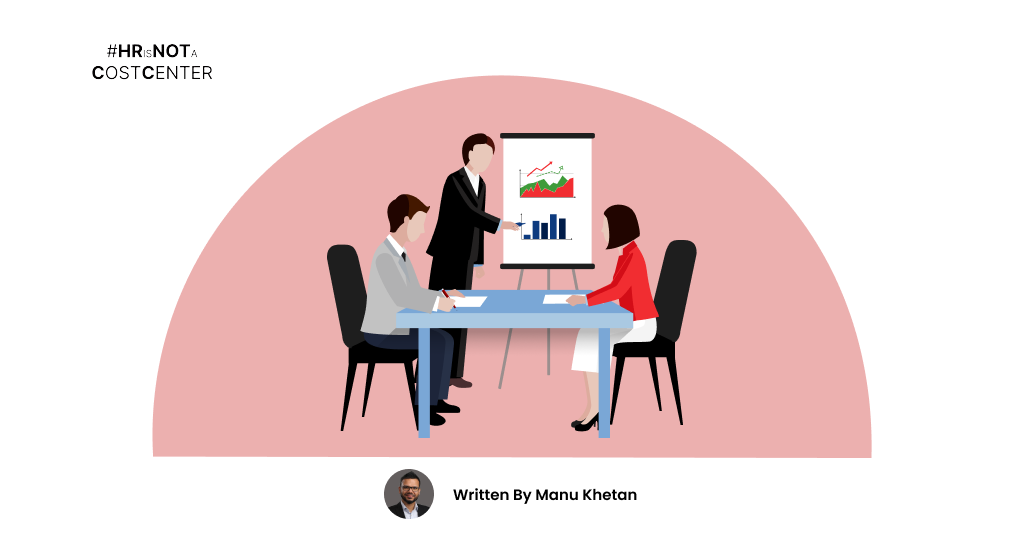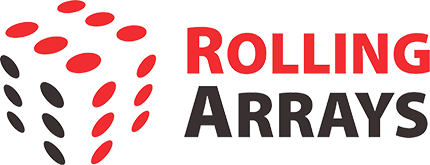
Resources > Manu’s Blog > A Boardroom Conversation Between the CHRO and CEO in 2024
A Boardroom Conversation Between the CHRO and CEO in 2024
Founder & CEO – Rolling Arrays

Originally Published on LinkedIn
CEO: I asked a few of my CEO friends; they said CHROs are unable to demonstrate the tangible benefits to the organization after investing millions in their HRTech automation program.
CHRO: Ah, let me try to answer this on their behalf.
You see, the most critical indicator of business growth is Customer Retention. It indicates that our products or services are fit for customers, we are better than our competition as customers choose to stay, which increases our firm’s brand value, which leads to more new customers.
CEO: I fully agree, but what has HR to do with this?
CHRO: Unfortunately, most of the time, companies fail to recognise that Customer Retention is directly related to the retention of high-performing employees who contribute significantly in terms of strategy and execution to consistently design, produce, market, sell or service the product and services. These high-performing employees improve the overall quality of professionals from bottom to top, including the top leadership in the company.
CHRO: I am glad that you appreciate and agree that top talent can transform the company. Let me explain to you 2 business indicator matrices backed by research and analysis done by Dave Ulrich and Josh Bersin.
For easy reference, I will take an example of Company A and Company B. Both are from the same industry and have similar earnings. Let’s compare 2 matrices, P/E Ratio, and Revenue per Employee.
-
P/E Ratio: Company A has a 20% higher P/E ratio as compared to Company B. A higher P/E ratio indicates investors value the company more even if the company’s A earnings per share is the same as Company B. Dave Ulrich highlights that based on the research his team has conducted, among the 3 reasons that account for a higher P/E ratio, 25% accounts for Human Capability (quality of leadership/quality of professionals).
Which means if firm B’s market cap is 100 Billion Dollars, and the P/E ratio is 20% lower than Company A, investment in Human Capability can give Company B an additional market value of 5 Billion Dollars (100x.2x.25).
- Revenue Per Employee: Josh Bersin points out that, based on their research across various industry types, and while comparing companies within the same industry sector, they could clearly see that high-performing companies were very efficient on a headcount basis, which means their Revenue per employee was way higher than their competitors. Imagine an employee is able to carry out similar work in 30 hours as against another employee in 40 hours. Or imagine a productive or engaged store manager able to increase the revenue of a store by 10%. If you extrapolate this to the total number of employees, you can estimate the additional revenue or lost revenue due to more productive or less productive employees.
CHRO: A sophisticated HR function in an organization enables the entire company to Recruit, Retain, Redeploy, Release in real-time based on contextual data. Let me explain.
CHRO: Sure, from an HR Perspective, there are many metrics we should track but from a business perspective, these are the 2 key trends which HR can present to business to show tangible results of investment in the people function.
- Quality of Professionals: What is the % of high performers out of all employees, if this trend is decreasing, constant, or increasing and what are the actionable data-backed intelligent insights generated by the system to improve it.
- Top Talent Retention: What is the retention % of high performers over the years, is this trend increasing, decreasing, or constant and what are the actionable data-backed intelligent insights generated by the system to improve it.
CEO: Lastly, can you help me understand if this is the right time to invest in #AI and what impact it will bring to HR Technology and its value to businesses?
CHRO: That’s a great question. Let me try to give you a contextual answer. The impact of high performers leaving the organization costs millions of dollars to the organization but this will always go unnoticed unless there are data points available across the entire lifecycle of all employees, and with the advent of LLM models, in the next 1-3 years, AI would be able to identify pockets of actionable insights across the entire lifecycle of employees to solve problems. A good quality HRTech system that can capture all of these data points will provide gold-level information for such LLM models to provide insights. The Organizations that will invest in a good HRTech system today and focus on capturing all detailed information through a good HR process will find them way ahead of their competition who do not have this information. Imagine at the click of a button, AI telling the correlation between pay equity and turnover based on 3 years of clean data across 300k transactions on 10k employees. It is impossible to identify patterns without data, and even if you have the data which some organizations had, they had to invest millions of dollars to structure the data to get patterns for a few areas. AI can use the unstructured data and provide patterns across various parameters almost instantaneously.
If Organizations want to leverage AI, they need to streamline their HR processes and automate them today so that maximum data is captured which they will be able to leverage tomorrow to make correct decisions and race ahead of their competition.
Conclusion
- Tangible Benefits of HRTech: Despite skepticism, HR technology provides clear advantages by enhancing efficiency and decision-making.
- Link Between Employee and Customer Retention: High-performing employees play a crucial role in retaining customers, thereby driving business growth.
- Evidence from Industry Leaders: Research by Dave Ulrich and Josh Bersin supports the correlation between human capability, company valuation (P/E ratio), and operational efficiency (Revenue per Employee).
- HR’s Strategic Role: Beyond administrative tasks, HR’s strategic involvement includes Recruiting, Retention, Redeployment & Release, directly impacting company performance.
- Importance of HRTech Systems: These systems are not mere databases but vital tools for real-time, data-driven HR management, facilitating everything from recruitment to exits.
- Key HR Metrics: Monitoring the percentage of high performers and their retention rates offers insights into HR’s impact on business growth.
- AI and HR Technology: The integration of AI in HR processes is timely, with potential to unlock actionable insights from employee data, thereby enhancing strategic decisions.
Article Parameters
- Relevant Personas: HR Professionals, HR Consultants and C Suite Leaders.
- HR Problem: Some people outside of HR think HR is all about paperwork, following rules, and letting people go, but those tasks are just a tiny piece of what HR really does.
- Solution Style: Quantitative Dip for a well known Qualitative problem.
I hope you found this article a good read, do leave a comment about your thoughts and follow the newsletter here for more such articles.
About Manu Khetan
Manu, Founder and CEO of Rolling Arrays, a global HR technology leader, brings two decades of expertise to redefine HR practices. Passionate about pioneering HR automation and nurturing talent, Manu advocates for a customer-first and employee-first approach, prioritizing value creation. Beyond the boardroom, he is a dedicated family man, a skilled pianist, and an advocate for empowering the next generation of entrepreneurs. Join Manu on the transformative journey where HR emerges as a dynamic force for positive change in the business world.




Share with your network
Get updates in your inbox